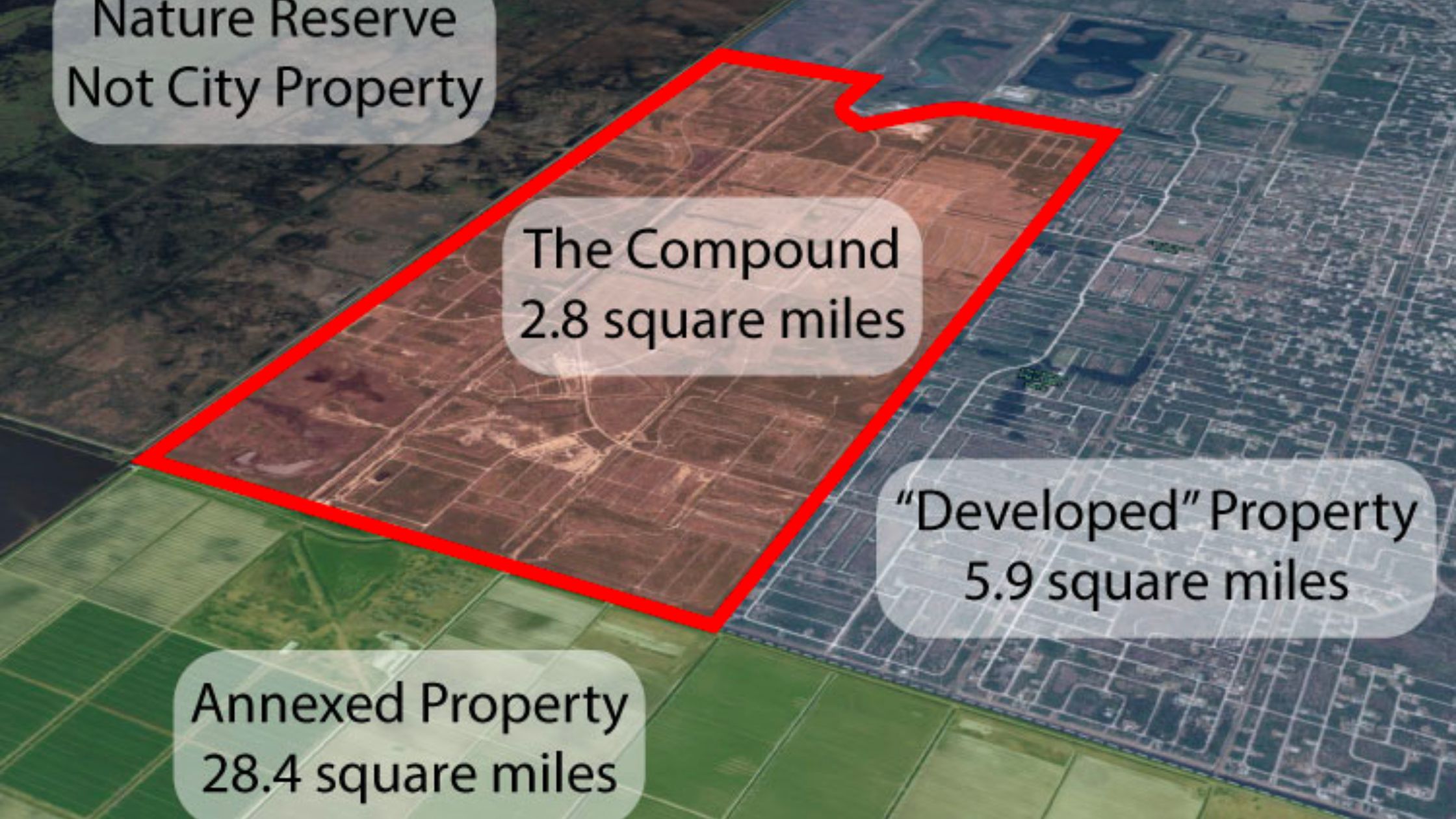
The Peregrine lunar lander is scheduled to launch atop a new United Launch Alliance (ULA) Vulcan Centaur rocket. This launch is set for January 8, 2024, at 2:18 a.m. EST from Launch Complex 41 at Cape Canaveral Space Force Station in Florida.
Peregrine: (1) Latin “Peregrinus,” foreigner. A wanderer or traveler. (2) Peregrine Falcon “Falco peregrinus,” renowned for its incredible journeys and high-speed dives.
The mission’s primary purpose is to transport both NASA and commercial payloads to the Moon. These payloads are intended to study various aspects of the lunar environment, including the lunar exosphere, thermal properties, hydrogen abundance in the lunar regolith, magnetic fields, and the radiation environment on the Moon’s surface.
The Peregrine lunar lander is expected to land on the Moon on February 23, 2024. The scientific equipment aboard the lander is designed to assist NASA in developing the capabilities required for future lunar exploration under the Artemis program and in preparation for human missions to the lunar surface.
This mission is a part of NASA’s Commercial Lunar Payload Services (CLPS) initiative and the Artemis program. In May 2019, NASA awarded a task order to Astrobotic for this scientific payload delivery, making it one of the first of at least eight planned CLPS deliveries. The Artemis program, through partnerships with multiple CLPS vendors, aims to establish a regular cadence of deliveries to the Moon. These missions will perform science investigations, test new technologies, and demonstrate capabilities that are crucial for NASA’s future lunar exploration, including the eventual goal of landing astronauts near the lunar South Pole.
Vulcan Centaur is ULA’s first new launch vehicle design since its formation in 2006, following the merger of Lockheed Martin and Boeing’s launch vehicle businesses. Developed since 2014, it is primarily designed to meet the U.S. government’s National Security Space Launch (NSSL) program’s demands. This heavy-lift, two-stage-to-orbit rocket is intended for use by the United States Space Force and U.S. intelligence agencies for national security satellite launches. It will replace ULA’s existing Atlas V and Delta IV Heavy launchers, which are retiring, and will also be used for commercial launches.
The Vulcan Centaur uses innovative technology evolved from the Atlas V and Delta IV rockets. Its first-stage propellant tanks, similar in diameter to the Delta IV Common Booster Core, contain liquid methane and liquid oxygen, differing from the Delta IV’s liquid hydrogen and liquid oxygen. The upper stage of the Vulcan is the Centaur V, an upgraded variant of the Centaur III, the first high-energy upper stage used on the Atlas V. The rocket can accommodate up to six GEM-63XL solid rocket boosters (SRBs), providing additional thrust and enabling the launch of heavier payloads.
The decision by United Launch Alliance (ULA) to use methane as a propellant for the Vulcan Centaur rocket is driven by several key factors:
- Performance Efficiency: Methane (CH4) is a high-performance rocket fuel.
- Lower Operating Costs: Methane is cheaper and more readily available than other rocket fuels.
- Cleaner Burning: Methane burns cleaner than RP-1, producing fewer soot particles and less carbon residue.
- Cryogenic Properties: As a cryogenic fuel, methane can be stored and used in a liquid state at relatively higher temperatures compared to liquid hydrogen.
- Reusability Aspects: The use of methane is particularly advantageous for reusable rocket stages. Methane’s cleaner burning nature means less engine wear and tear, which is critical for the longevity and reliability of reusable engines.
- Future Mars Missions Compatibility: Methane has been identified as a potential fuel that could be manufactured on Mars, due to the presence of carbon dioxide and water, which can be processed into methane and oxygen.

The United Launch Alliance’s (ULA) Vulcan Centaur rocket is not designed to be fully reusable, unlike some of SpaceX’s Falcon rockets. However, ULA has plans for partial reusability in future iterations of the Vulcan rocket.
ULA had introduced a concept called “SMART” reuse (Sensible, Modular, Autonomous Return Technology) for the Vulcan. The idea was to recover only the first stage’s engines, which are the most expensive part of the rocket. After stage separation, the engines would descend under an inflatable heat shield, and a helicopter would capture them in mid-air before they reach the ground. The SMART reuse concept is not yet been implemented, and the initial flights of the Vulcan Centaur are planned without this feature. The focus for the early Vulcan missions is on proving the rocket’s basic capabilities and fulfilling customer commitments.
ULA has expressed intentions to incorporate the SMART reuse technology into the Vulcan in the future, which would mark a significant step towards partial reusability. However, this would still not make the Vulcan as reusable as SpaceX’s rockets, which can land and fly their first stages multiple times.
Vulcan Centaur can deliver payloads to various orbits. For example, a single-core Vulcan Centaur with six SRBs can put approximately 60,000 pounds into low-Earth orbit (LEO), a capacity almost equal to the three-core Delta IV Heavy. The rocket’s payload capabilities are driven by the need to meet NSSL requirements, with potential for future growth
The development of Vulcan Centaur was partly influenced by geopolitical and U.S. political considerations. These considerations included the desire to replace the Russian-supplied RD-180 engine used on the first-stage booster of the Atlas V, especially following events like the Annexation of Crimea by the Russian Federation in February 2014. These events highlighted the potential risks of relying on foreign hardware for launching critical national security spacecraft. This led to ULA issuing formal study contracts to a number of U.S. rocket engine suppliers

The Vulcan Centaur is a pivotal project for ULA and represents the next generation of space launch vehicles, offering enhanced capabilities and flexibility for a variety of missions. Its development underscores the dynamic nature of the space industry and the continuous evolution of space launch technology.




